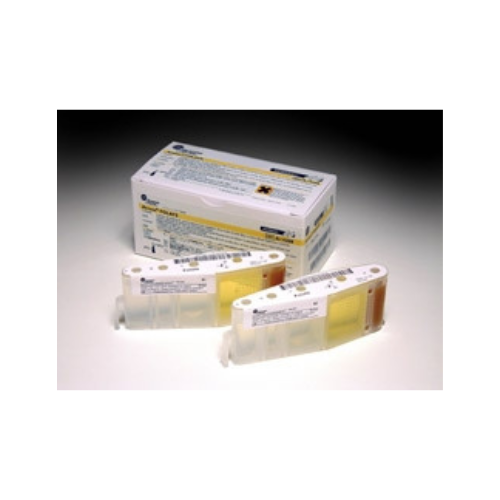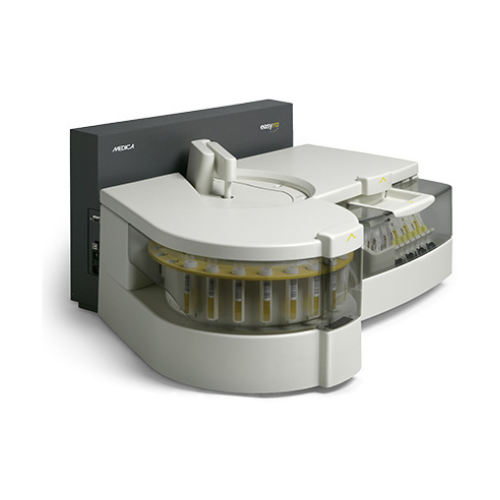For Business Use Only. Does Not Ship to Residential Addresses. For use inside an Analyzer, Sold Separately.
Beckman Coulter Access Ultrasensitive Insulin Reagent, 100 Determinations, 2 x 50 Tests
Product Code: 33410
Manufacturer: Beckman Coulter
Shipping Weight: 10.00lbs (4.54kg)
Specifications
Brand: Access®
Manufacturer: Beckman Coulter
Country of Origin: United States
Application: Reagent
Number of Tests: 100 Tests
Storage Requirements: Requires Refrigeration
Test Name: Insulin
Test Type: Diabetes Management
Intended Use
The Access Ultrasensitive Insulin assay is a paramagnetic particle, chemiluminescent immunoassay for the quantitative determination of insulin levels in human serum and plasma (EDTA) using the Access Immunoassay Systems.
Summary and Explanation
Insulin is a hormone secreted by the beta cells of the pancreas. Insulin regulates the uptake and utilization of glucose, and is also involved in the regulation of protein synthesis and triglyceride storage. An increase in the amount ofglucose in circulation stimulates insulin secretion. Insulin in turn stimulates the uptake of glucose into the tissues and inhibits the breakdown of glycogen in the liver. As the glucose level comes back to baseline so does insulin.
One of insulin's primary clinical uses is in the diagnosis and management of diabetes mellitus, a disease arising when glucose is not adequately taken up into the tissues. The result is chronic hyperglycemia. Diabetes can have severe complications including renal failure, heart disease, nerve damage, blindness, and gangrene. Severe hyperglycemic episodes can cause ketoacidosis and coma.
Diabetes has been divided into 2 major categories based on the secretion of insulin. The first is insulin dependent diabetes mellitus (IDDM) or Type I diabetes. It is brought on by the autoimmune destruction of the insulin secreting beta cells in the pancreas. Insulin secretion gradually declines to an insignificant level as ultimately all beta cells are destroyed. The patient must receive insulin injections in order to survive.
The second category is non-insulin dependent diabetes mellitus (NIDDM) or Type II. This disorder arises by an entirely different mechanism. Here, the beta cells can still secrete insulin but the body has developed resistance to the hormone. When the concentration of glucose in circulation rises, the insulin response is slow and of insufficient magnitude. As the disease progresses more and more insulin may be required to obtain the same level of glucose control. The patient may need to be placed on drugs which stimulate insulin secretion or be supplemented with insulin, depending on their degree of glucose control. Type II diabetes is associated with genetic factors, obesity, sedentary life-style, and other unknown factors. It can often be controlled by proper diet and adequate exercise.











